A professional photographer's guide to making the most out of your smartphone camera.
Ask the Experts: Smartphone Photography
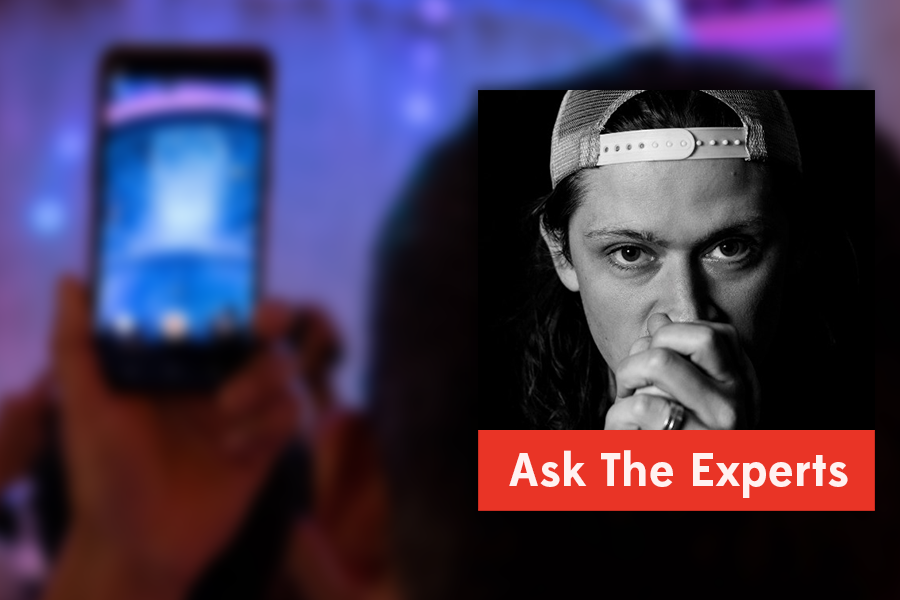
Professional photographer Jim Barker of Twelve Points Photography shares his tips for getting the most out of your smartphone camera.
Composition is one of the most important aspects of photography, smartphone or otherwise.
But don’t forgo other important factors such as lighting, focus and editing to really make your image stand out.
The Rule of Thirds
For me, the most important (and simple) thing to remember when compositing your image is the rule of thirds. Imagine splitting your image into three rows and three columns by drawing two lines vertically and two lines horizontally. In fact, most (if not all) smartphone cameras give you the option to overlay these lines on your screen, making it super easy for users to stick to this rule - just check your camera settings.
Now, think about arranging your main point of interest along these lines. This gives your image a pleasing feel to behold and is more interesting than simply centering the subject in the middle of your frame. Consider the differences between these two images:

Subject centred
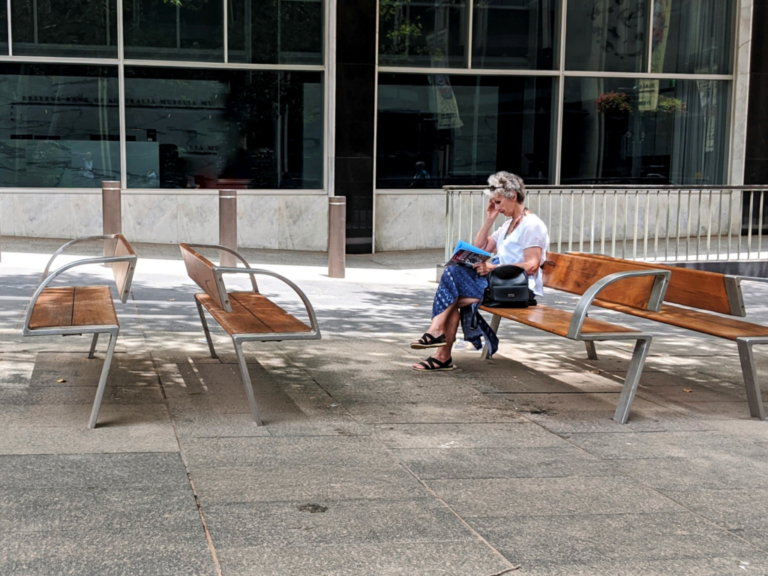
Subject on third
Bear in mind, the rule of thirds is meant as a guideline, not a law. It won’t magically improve every kind of photograph you make, but experiment with it to find what works for you.
Focus focus focus
All smartphone cameras give you the option to tap on a part of the image you’d like to focus on - a neat trick if you’re trying to draw the viewer’s eye in a particular direction. Generally, where you tap is then also automatically exposed - meaning the light levels are adjusted to a ‘normal’ level for the human eye, making it easier to see.
When composing your image, try focusing on different elements to gauge their relationship to one another within the shot, and if necessary, recompose until you have the image you want.
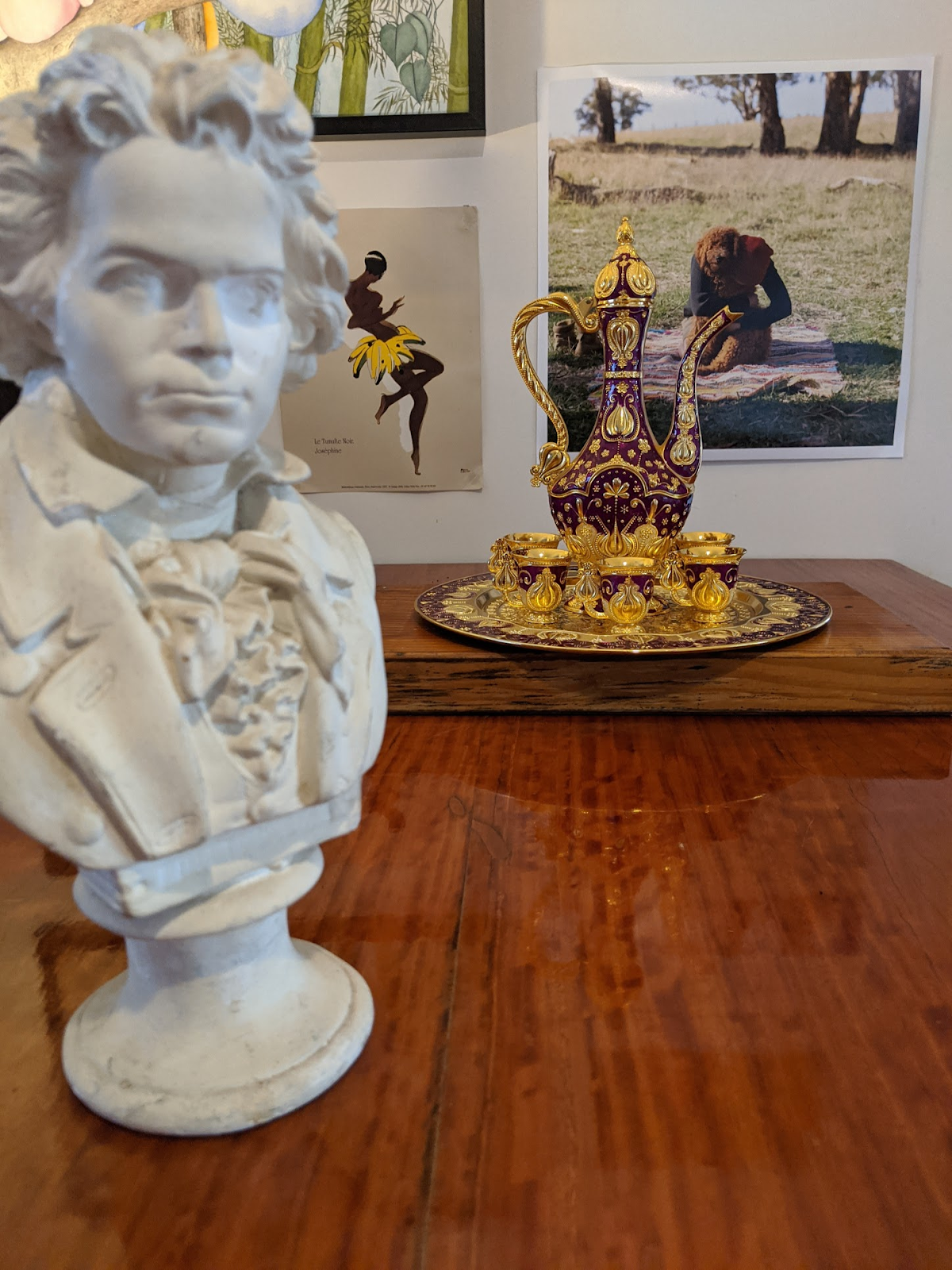
Background focus
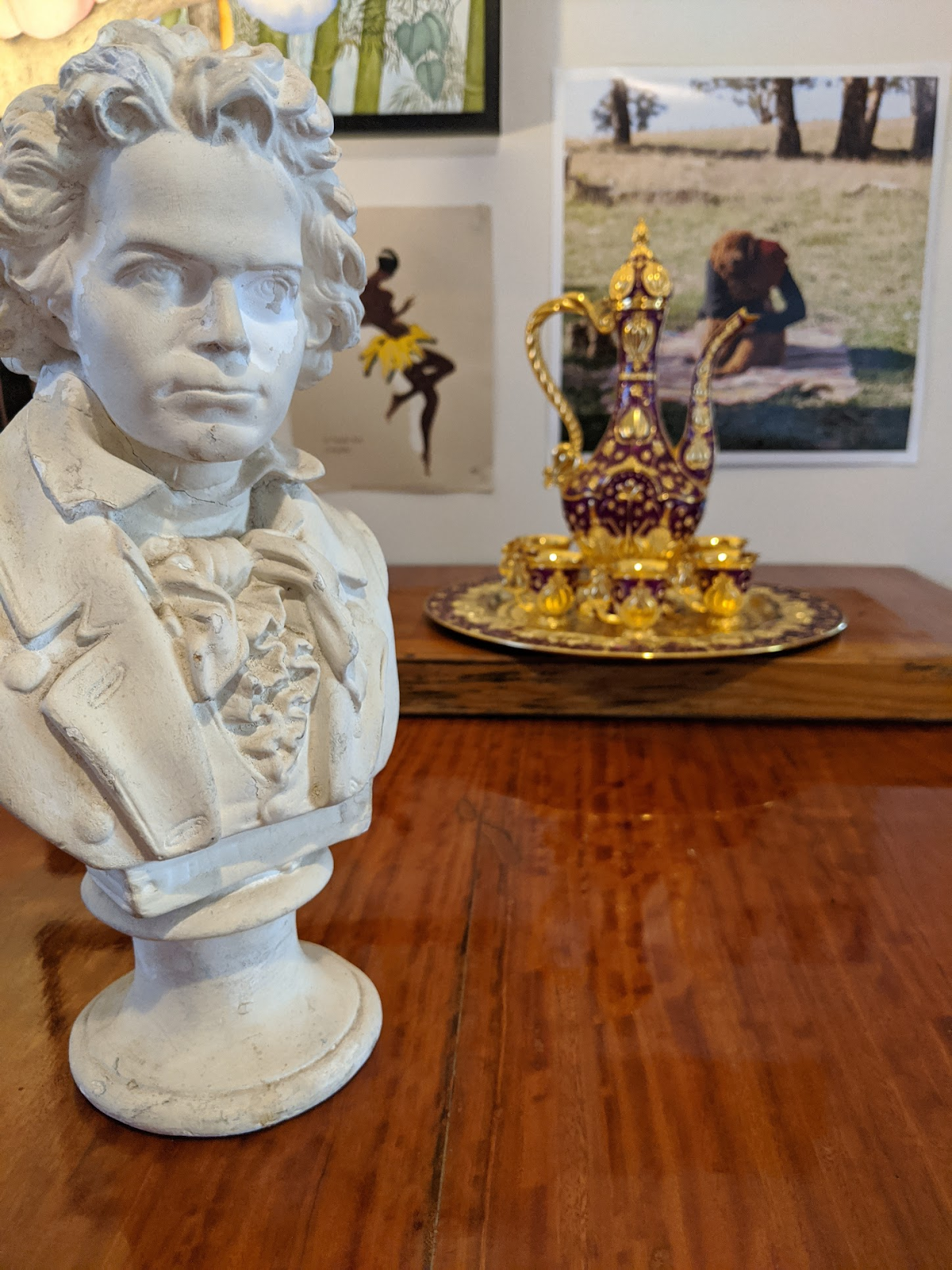
Foreground focus
A lot of people don’t realise you can lock this focus distance and exposure level and then recompose your shot; on my Google Pixel there’s a padlock symbol, but it differs from model to model. Also, there are specially-designed apps for smartphone cameras (such as Open Camera on Android, or Halide on iOS) which allow you to control the ‘depth’ of a shot - increasing or decreasing blur or ‘bokeh’.
Lighting
Photography literally means “writing with light” so it’s no surprise that light plays a huge role in making a good image great. The human eye is excellent at changing the amount of light entering it, and our brain is awesome at filtering out parts of our vision with too much light or not enough - we don’t even notice it doing this! Although, smartphones cameras have come leaps and bounds in helping process images so they’re easier to look at, but there’s still guides to observe which help create a better photo.
When composing your image, take into account the quality of light you’re photographing - hard, strong light from the sun will dominate a shot, causing deep shadows you won’t be able to see into. Stepping into the shade, or making use of hats to help even out the light hitting our subject helps a lot.
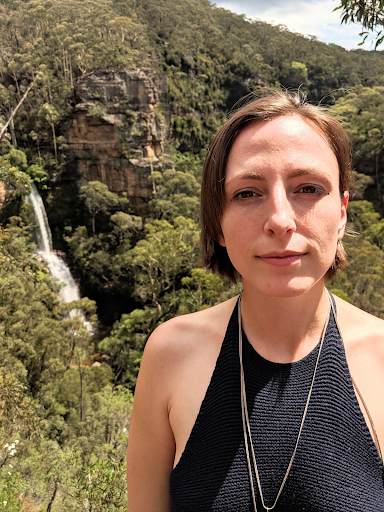
Hard shadows across the face in midday sun
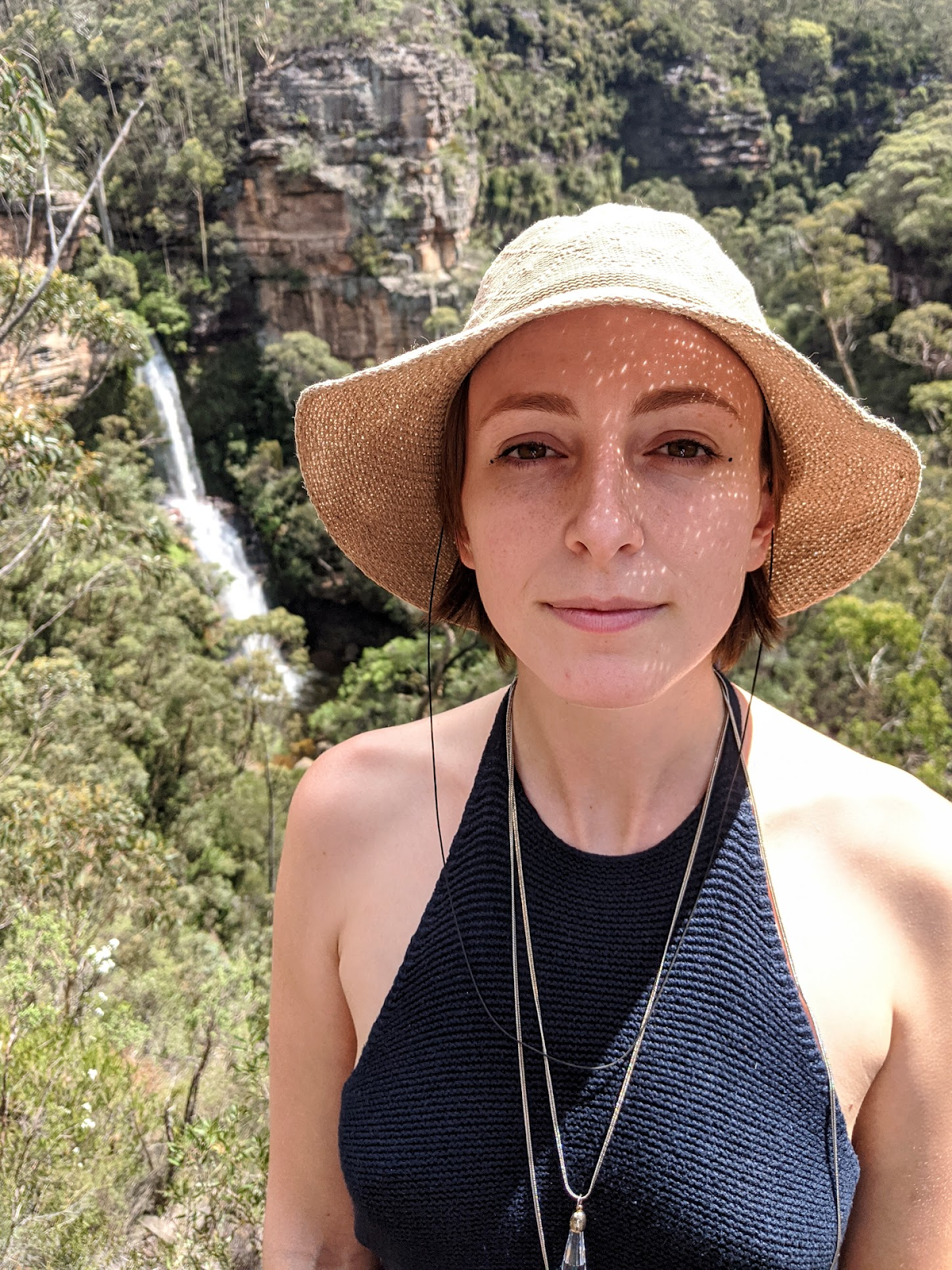
Keeping the hat on helps even out the light across our subject's face
If you need to upgrade your smartphone camera, here are some of the latest and greatest for photography.
Know your rights
One of the most common questions I get asked about my photography is “How do I get permission to take a stranger’s photo in public?”. To the letter of the law, if you’re shooting for private use, on public land, it’s basically fair game. But bear in mind strangers can be a little creeped out by this, especially if you’re photographing their children.
Personally, I will always respect the subject’s wishes and if they’re uncomfortable enough being photographed and say something about it, I’ll offer to show them the picture and delete it if necessary.
Honestly, it’s just a photo - it’s not worth ruining someone’s day. Just go make another one elsewhere.
Don’t be afraid to edit
Very rarely will I make a photo and not edit it in some small way. This is personal preference, sure, but there’s no shame in tweaking an image after-the-fact to make it more enjoyable - it’s your photo; it’s your call.
I find the native editing capabilities of smartphones somewhat limited, so I import photos into a third-party app to edit light, colour, composition (through cropping or rotating) and to remove distractions with a healing brush. Honestly, it’s easier to just dive in and start playing with the different editing functions to find what you like than it is to read up on it elsewhere. Learn by doing, I say!
A word of caution, however - less is more when editing. Don’t go too extreme or you risk distracting from the original impact of your photo.
Built-in photo editing software is usually adequate but sometimes limited to brightness, colour & cropping. Personally, I use Google’s brilliant (and free) Snapseed app for my editing but I’ve seen amazing results produced with the Adobe Lightroom app available on both iOS and Android. Darkroom is a killer free editing app for iOS users, too.
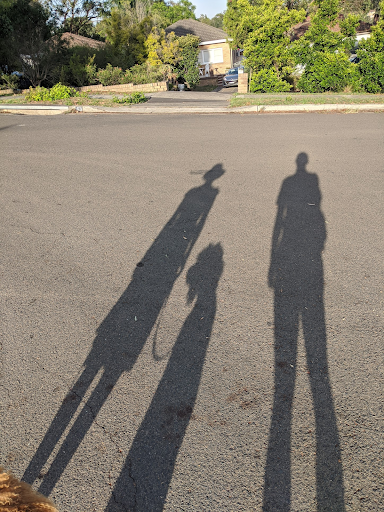
An unedited family portrait
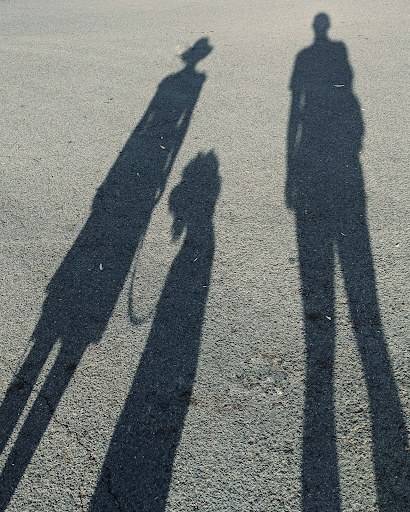
The same portrait, edited to adjust colour, shadow, rotation & removing distractions.
Best practice tips
- Always ensure your lens is clean before you start shooting. A smudged lens can introduce contrast, obscure subjects and just make a photo look plain gross.
- When shooting groups of people, always take a few photos. It’s hard to get everyone looking into the lens at once (and not blinking!), but also sometimes the best photo you take is before or after the “real” photo when people are laughing and interacting.
- Be aware of who and what is around you. Stepping on a small child because you’re busy creating the perfect shot isn’t a great look, nor is stepping onto a busy road because you’re engrossed in your screen.
Get in touch with Twelve Points
- Website: Twelve Points Photography
- Contact: Call or Email
- Instagram: @thejimclasshero

Fancy the iPhone 11 Pro?
Or maybe the S20 Ultra's 108MP camera?
Related Articles



